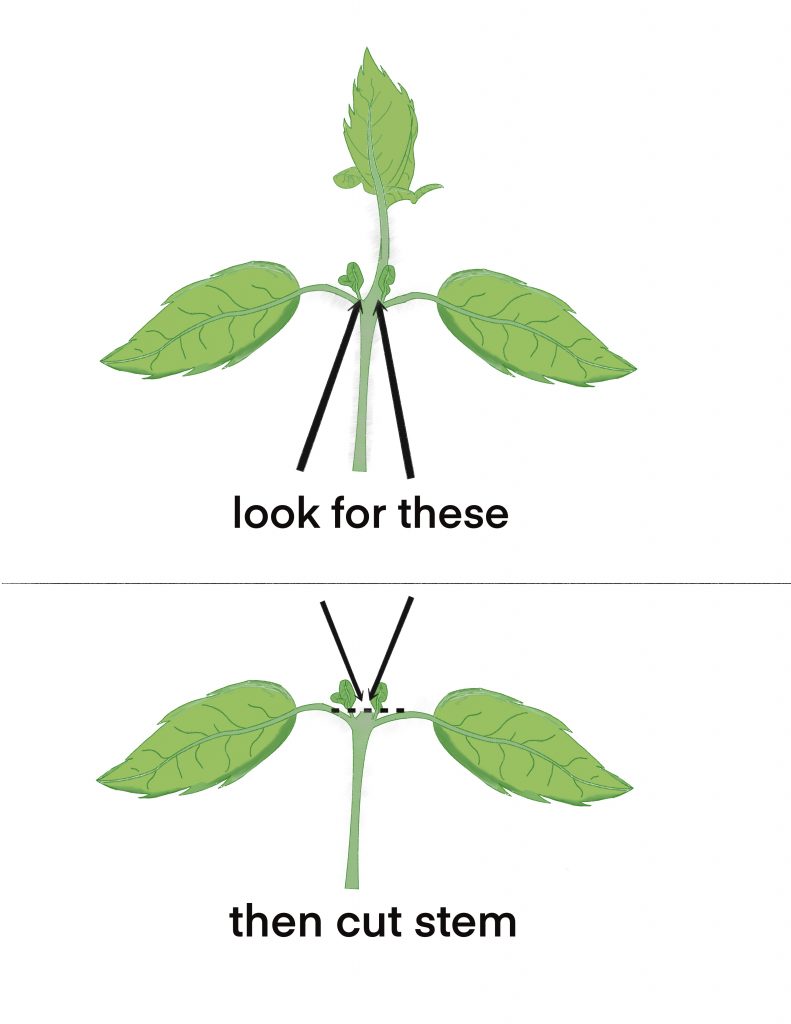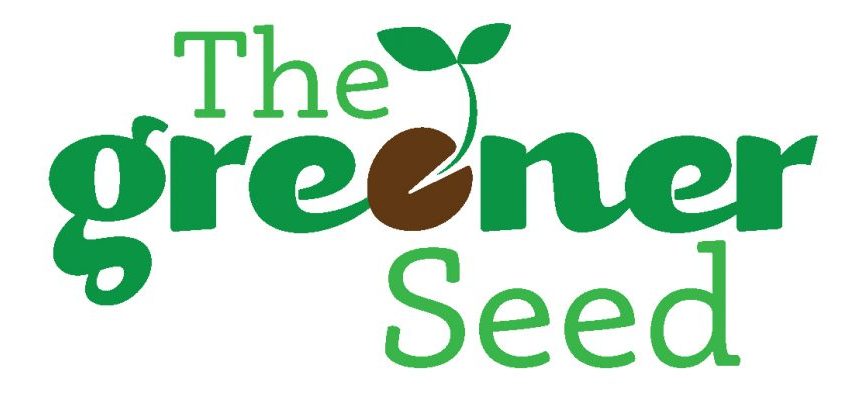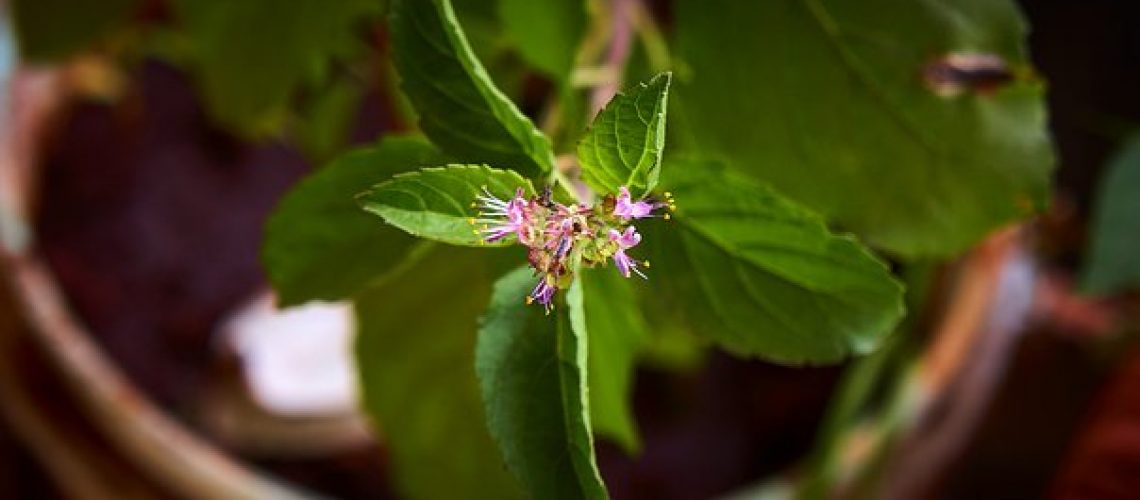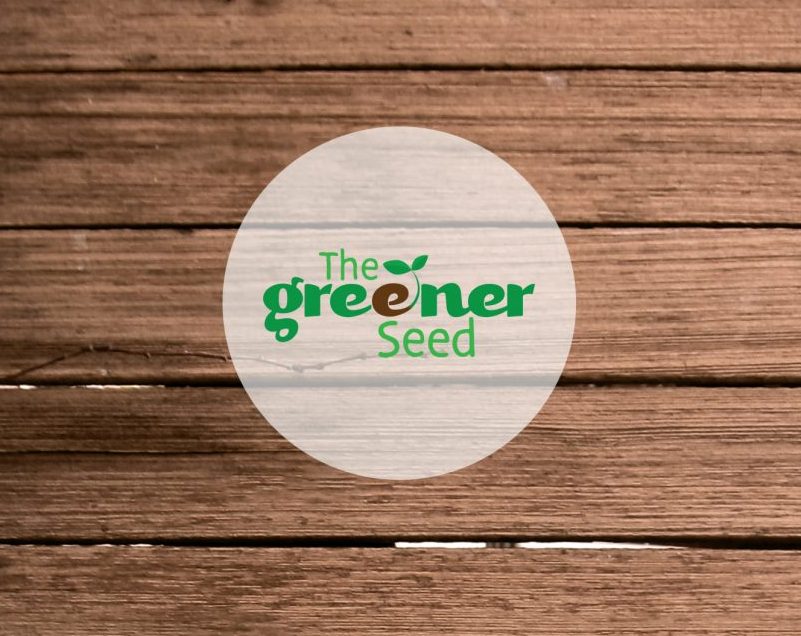Holy basil is much less popular for culinary purposes; it is used almost exclusively in Asian cuisine (although Thai basil is used more). Holy basil is a well-known herb (used as a tea, tincture, or supplement) for boosting the immune system but according to Ayurvedic medicine, consumption of the entire plant (leaves, stems and seeds) is best medicinally. Holy basil is commonly ingested to promote a healthy body, mind, and spirit as it is touted to help with anxiety and stress, as well as diabetes and cholesterol.
In the Hindu religion, Holy basil is also referred to as Sacred basil or Tulsi, meaning “the incomparable one”. In Western medicine, holy basil is most often used as an adaptogen. Adaptogens are substances that help increase the body’s ability to adapt to stress, thereby considered to have anti-aging properties to promote longevity.
Note that people who are on medications may experience negative liver issues if they consume holy basil on a regular basis. Holy basil may interact with medications to cause liver damage.
Appearance
- stems are hairy; white 2-3 mm hair
- leaves edges are tooth-like
- leaves are flat, large, oval and mottled green and purple
- basil flowers are white, pink, purple or violet
- 12 to 14 inches tall
- prolific in hot, sunny locations
Taste
- Strong spicy, herb-peppery with a note of clove
- best consumed cooked or heated when flavor is released
Benefits
- balances stress hormone cortisol
- Improves brain function
- boost immune system
- improves energy
- provides an excellent source of vitamin K, manganese, iron, vitamin A, vitamin C, calcium, zinc, magnesium, and omega-3 fatty acids
- treats migraines
- soothes muscle aches
- helps cuts and skin infections, ringworm
- relieves itching from insect bites, and mosquito repellant
- aids in digestion, upset stomach
- acts as anti-inflammatory
- combats colds, coughs, asthma, bronchitis, H1N1, earaches
- fights free radical activity
- helps with depression, anxiety, nervous conditions
- manages diabetes
- supports the liver
- detoxifies the body
Planting
Basil plants are sensitive to frost, and prolonged exposure to temperatures below 50 degrees Fahrenheit can harm or kill the plant. Start seeds 6-8 weeks before the last frost in spring. For a head start, sow seeds a quarter of an inch deep in a small pot or jiffy peat pod, or use the paper towel method, and then transfer to a pot once seeds sprout in about 7-14 days.
Seeds may also be sown directly in soil when temperatures rise above 60 degrees F. Mix soil with compost to prepare the garden planting area. Basil will still grow even if soil isn’t great; but compost will definitely help the herb take off. Cover seeds with 1/4 inch of loamy soil. Keep the soil moist; water lightly until seeds root and sprouts become more resistant to disturbance.
Location
Basil plants need a warm and sunny spot to thrive. Six to eight hours of direct sunlight is ideal. However, Holy basil will survive with only 5 hours of sunlight; expect with less sun, the growth will slow. Basil does best when soil and air are warm. Be conservative about when to move plants outside in the spring; make sure the weather will be consistently warm. Basil will grow in partial shade, however its flavor will be more developed in full sun.
Caring for Basil
Basil copes with little water, however, does not like water logging and will not survive frost. Basil does best in moist soil, but when overwatered, the roots can rot and the plant can die. The first signs you may see above the soil are yellow and drooping leaves. Always put your finger about an inch into the soi to test for moisture; do not rely on eyeballing the top of the soil.
Holy basil needs compost amendment regularly. It also bolts quickly if flowers are not deadheaded regularly.
Growing Indoors
Holy Basil is an extremely easy option if you are planning to grow them in pots indoors. They can last up to 5 years if kept pruned regularly once it reaches a foot tall.
Harvesting
Prune plants to harvest leaves before the herb starts to flower. Harvest the leaves from the top down. Cut above each node (leaf pair) on a stem rather than leaving a stub. Leave 4″-6″ of the plant above the ground. Basil grows rapidly. After a major pruning, the herb will be ready for harvest again in a few weeks.

Prune with care since leaves bruise easily. Use soon after harvesting, or store cuttings in a jar of water to extend shelf life. Cuttings may even root and produce a new plant. If you want to encourage leaf-growth, and delay the death of your basil plant, you need to deadhead your basil often, especially when you see flowers.
Holy basil can survive for up to five years in an area where temperatures never reach below 50 degrees F. If the weather does become too cold, the plant will die. If you expect a cold climate, you may want to allow your basil plants to bolt before temperatures drop so you can save seeds for the following season.


